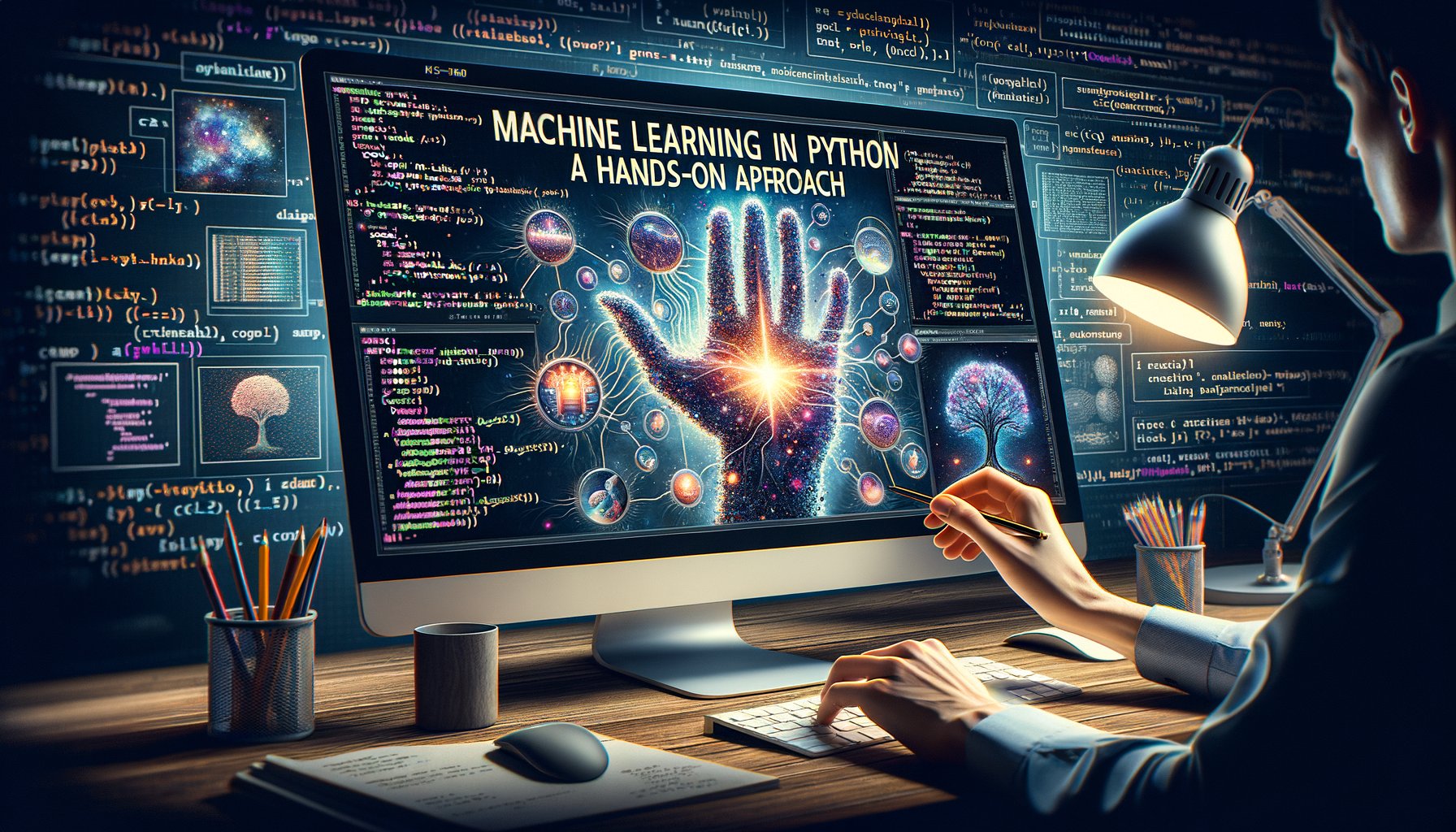Physical Address
304 North Cardinal St.
Dorchester Center, MA 02124
Physical Address
304 North Cardinal St.
Dorchester Center, MA 02124

Machine Learning (ML) is a rapidly evolving field that has the potential to revolutionise many aspects of our lives. It’s a fascinating blend of computer science and statistics, offering powerful tools for making sense of large and complex data sets. Python, with its simplicity and vast array of libraries, has emerged as a popular language for implementing machine learning algorithms.
Python is an ideal language for machine learning due to its simplicity, flexibility, and robust ecosystem. The syntax is straightforward and easy to grasp, even for beginners. Moreover, Python’s extensive library ecosystem includes numerous packages designed specifically for machine learning such as Scikit-learn, TensorFlow, Keras and PyTorch.
To start your journey into machine learning with Python, you’ll need to set up your environment. The first step is installing Python itself. You can download it from the official website at www.python.org. After that you’ll want to install some additional libraries like NumPy, Pandas and Matplotlib which are commonly used in data analysis.
pip install numpy pandas matplotlib
The next step would be installing Scikit-learn – a simple yet powerful library for machine learning in Python.
pip install -U scikit-learn
Scikit-learn provides a range of supervised and unsupervised learning algorithms via a consistent interface in Python. It’s built upon some core libraries of scientific Python stack such as NumPy, SciPy and matplotlib.
Scikit-learn comes with a few standard datasets, for instance, the iris and digits datasets for classification and the Boston house prices dataset for regression. In this simple project, we will use the iris dataset.
from sklearn import datasets iris = datasets.load_iris()
The data we loaded is in a dictionary form. Let’s explore it by checking its keys.
print(iris.keys())
This will output: dict_keys(['data', 'target', 'frame', 'target_names', 'DESCR', 'feature_names', 'filename']). The actual data is stored in the `data` and `target` fields.
In machine learning, we usually split our data into two sets: a training set used to train our model, and a test set used to evaluate its performance.
from sklearn.model_selection import train_test_split X_train, X_test, y_train, y_test = train_test_split(iris['data'], iris['target'], random_state=0)
The k-nearest neighbors (KNN) algorithm is a simple yet effective method used in both classification and regression. It works by comparing a sample to k nearest neighbours in the training set and predicting its class (or value) based on their classes (or values).
from sklearn.neighbors import KNeighborsClassifier knn = KNeighborsClassifier(n_neighbors=1) knn.fit(X_train, y_train)
After training our model, we can use it to predict the classes of our test set and evaluate its performance.
print("Test set score: {:.2f}".format(knn.score(X_test, y_test)))
Machine learning in Python is a vast and complex field, but with a hands-on approach and the right tools, anyone can gain a solid understanding of it. This article has provided an overview of machine learning in Python using Scikit-learn. It’s just the tip of the iceberg – there’s so much more to explore!